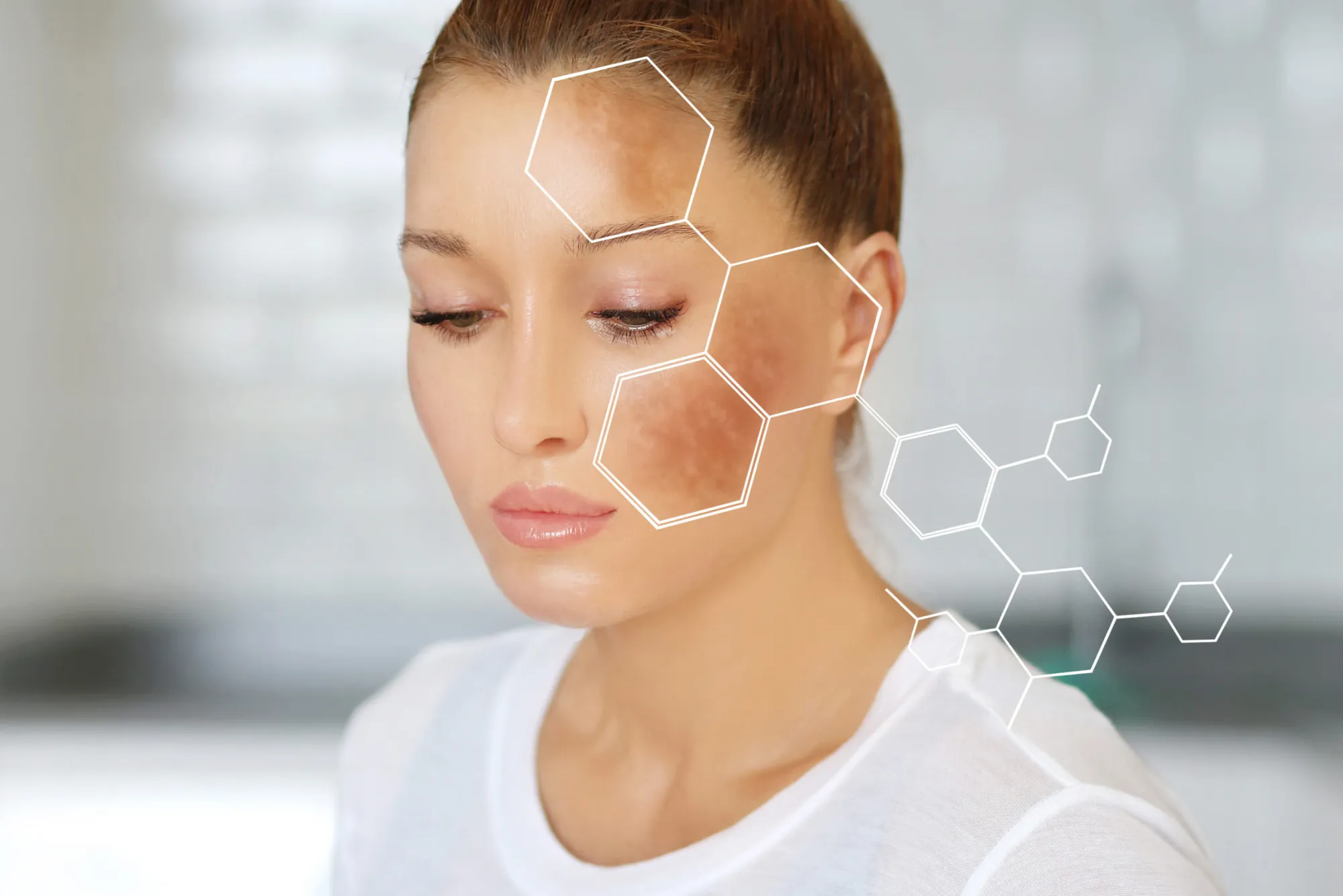Hyperpigmentation is a common skin condition that occurs when patches of skin become darker in color than the surrounding areas. This condition can be caused by various factors, including sun exposure, hormonal changes, and skin injuries. Chemical peels have emerged as a popular treatment option for hyperpigmentation, offering promising results for those seeking to improve the appearance of their skin. In this article, we will explore the benefits and risks of chemical peels for hyperpigmentation, as well as important considerations for those considering this treatment option.
What is a Chemical Peel?
A chemical peel is a cosmetic procedure that involves the application of a chemical solution to the skin, which causes it to exfoliate and eventually peel off. global fluorine chemical llc. This process helps to remove dead skin cells and stimulate the growth of new, healthier skin cells. Chemical peels can vary in strength, with some targeting only the outermost layer of skin (superficial peels) and others penetrating deeper layers (medium to deep peels).
Types of Chemical Peels
Superficial Peels: These peels use mild acids, such as alpha hydroxy acids (AHAs) or beta hydroxy acids (BHAs), to exfoliate the outer layer of the skin. They are often used to improve skin texture and tone, as well as to treat mild hyperpigmentation.
Medium Peels: Medium peels penetrate deeper into the skin than superficial peels, using stronger acids like trichloroacetic acid (TCA). They can effectively treat moderate hyperpigmentation, as well as fine lines and wrinkles.
Deep Peels: Deep peels are the strongest type of chemical peel and typically use phenol as the active ingredient. These peels can produce dramatic results, but they also carry a higher risk of complications and require longer recovery times. They are usually reserved for severe cases of hyperpigmentation and skin damage.
Benefits of Chemical Peels for Hyperpigmentation
Improves Skin Tone: Chemical peels can help to even out skin tone by reducing the appearance of dark spots and patches caused by hyperpigmentation.
Stimulates Collagen Production: The exfoliation process induced by chemical peels can stimulate the production of collagen, which helps to improve skin texture and firmness.
Minimizes Fine Lines and Wrinkles: In addition to treating hyperpigmentation, chemical peels can also help to reduce the appearance of fine lines and wrinkles, resulting in smoother, younger-looking skin.
Boosts Confidence: By addressing concerns related to hyperpigmentation, chemical peels can help individuals feel more confident and comfortable in their own skin.
Risks and Considerations
While chemical peels can offer significant benefits for hyperpigmentation, it’s important to be aware of the potential risks and considerations associated with this treatment:
Skin Sensitivity: Individuals with sensitive skin may experience redness, irritation, or other adverse reactions following a chemical peel.
Sun Sensitivity: Chemical peels can increase the skin’s sensitivity to sunlight, making it more susceptible to sunburn and damage. It’s essential to use sunscreen and protect the skin from UV exposure after undergoing a chemical peel.
Risk of Complications: Deep chemical peels carry a higher risk of complications, such as scarring, infection, or changes in skin color. These risks should be carefully weighed against the potential benefits of treatment.
Downtime: Depending on the strength of the peel, individuals may experience downtime ranging from a few days to several weeks while the skin heals and peels. It’s important to plan accordingly and follow post-treatment care instructions provided by your skincare professional.
Choosing the Right Treatment Option
When considering a chemical peel for hyperpigmentation, it’s essential to consult with a qualified skincare professional who can assess your skin type and condition and recommend the most appropriate treatment option. Factors to consider include the severity of hyperpigmentation, skin sensitivity, and desired outcomes. Additionally, discussing any medical history or underlying skin conditions with your skincare professional can help ensure safe and effective treatment.
Chemical peels offer a versatile and effective solution for addressing hyperpigmentation and achieving smoother, more radiant skin. By understanding the different types of peels available, as well as the potential benefits and risks associated with treatment, individuals can make informed decisions about their skincare regimen. Whether opting for a superficial peel to refresh the skin’s appearance or a deeper peel to target stubborn pigmentation, consulting with a skincare professional is key to achieving optimal results. At Global Fluorine Chemical LLC, we are dedicated to providing personalized skincare solutions tailored to your unique needs and goals. Contact us today to schedule a consultation and discover how chemical peels can transform your skin.











